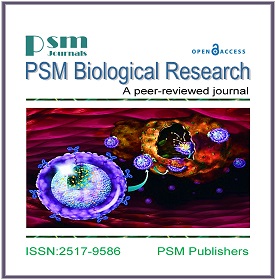Amoebiasis in Children: An Infection of Top Global Public Health Importance
Keywords:
Foodborne diseases, amoebiasis, amoebic dysentery, amoebic enteritis, global public health.Abstract
Foodborne diseases are important from public health as well as economic point of view. The infants, young children, the elderly, and the immunocompromised persons are particularly vulnerable to foodborne infections. Amoebiasis (amoebiasis, amoebic dysentery, amoebic enteritis) is an important foodborne protozoan disease that is primarily caused by Entamoeba histolytica. While amebiasis occurs worldwide, it is largely an infection of impoverished communities, particularly when sanitation is poor. A careful experimental study by Alshahethi et al (2020) describes the growing importance of amoebiasis in children as a foodborne disease of global public health concern.
Downloads
Published
How to Cite
Issue
Section
License
Copyright (c) 2020 PSM

This work is licensed under a Creative Commons Attribution-NonCommercial 4.0 International License.







